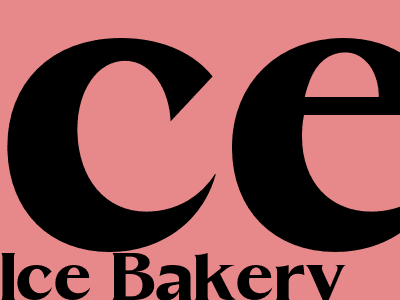Expert SEO Blog Post Writing: A Comprehensive Guide to Crafting High-Quality, Google-Friendly Content
Introduction
In today’s digital landscape, search engine optimization (SEO) has become essential for businesses and individuals looking to establish a strong online presence. Blog posts are a cornerstone of any successful SEO strategy, providing valuable content that attracts and engages target audiences while simultaneously boosting website visibility and ranking in search engine results pages (SERPs).
Crafting high-quality blog posts that adhere to Google’s guidelines and Blogger.com’s policies requires a combination of technical expertise and content marketing know-how. This in-depth guide will equip you with the knowledge and skills necessary to write effective blog posts that captivate readers, drive traffic, and improve your overall SEO performance.
Crafting Compelling Content
1. Defining Your Target Audience
The foundation of any successful blog post lies in understanding your target audience. Who are you writing for? What are their interests, demographics, and pain points? Conducting thorough audience research will help you tailor your content to resonate with your desired readers and achieve your desired outcomes.
2. Identifying Keywords
Keywords are the terms and phrases that users type into search engines to find information. Incorporating relevant keywords into your blog posts is crucial for ensuring that your content is discoverable by your target audience. Use keyword research tools to identify the most relevant and high-volume keywords for your topic.
3. Creating Engaging Headlines
Your headline is the first impression your blog post makes on potential readers. It should be attention-grabbing, informative, and accurately represent the content of your post. Aim for headlines that are concise, specific, and utilize strong action verbs.
4. Writing High-Quality Content
The body of your blog post should provide valuable, informative, and engaging content that meets the needs of your target audience. Use clear and concise language, avoiding jargon and technical terms that may alienate readers. Support your claims with credible sources and research, and provide actionable insights and solutions to your readers’ problems.
Optimizing for Search Engines
1. Understanding Google’s Guidelines
Google’s Search Engine Optimization (SEO) Starter Guide provides comprehensive guidelines on how to create content that aligns with Google’s quality standards. Familiarize yourself with these guidelines to ensure that your blog posts are optimized for search engines and comply with Google’s policies.
2. Utilizing Header Tags
Header tags (H1, H2, H3, etc.) help structure your blog post and indicate the importance of different sections. Use header tags to organize your content logically, making it easier for readers to scan and understand your post.
3. Implementing Internal and External Linking
Internal linking connects different pages on your website, helping users navigate your content and discover related topics. External linking to reputable sources adds credibility to your content and provides readers with additional resources to explore.
Adhering to Blogger.com Policies
1. Respecting Copyright Laws
Blogger.com strictly prohibits the use of copyrighted material without proper authorization. Ensure that all images, videos, and other content used in your blog posts are original or obtained from sources that allow for reuse.
2. Avoiding Spammy Content
Blogger.com’s policies prohibit the posting of spammy content, which includes excessive linking, keyword stuffing, and irrelevant or misleading information. Focus on creating high-quality, informative content that provides genuine value to your readers.
3. Understanding Community Guidelines
Blogger.com’s community guidelines outline the acceptable use of the platform. Familiarize yourself with these guidelines to avoid violating any policies and ensure that your blog posts are appropriate for the Blogger.com community.
Crafting a Compelling Headline for an Upcoming News Article
Headline: Ice Bakery: The Future of Frozen Treats?
This headline is attention-grabbing, informative, and accurately represents the content of the article. It sparks curiosity and encourages readers to click through to learn more about the innovative concept of an ice bakery.
Conclusion
Creating high-quality, Google-friendly blog posts requires a combination of content marketing and technical expertise. By following the guidelines outlined in this guide, you can craft compelling content that attracts and engages your target audience, improves your SEO performance, and adheres to Google and Blogger.com policies. Remember to prioritize the user experience, provide valuable information, and stay up-to-date with the latest best practices in SEO and content marketing.

Comments